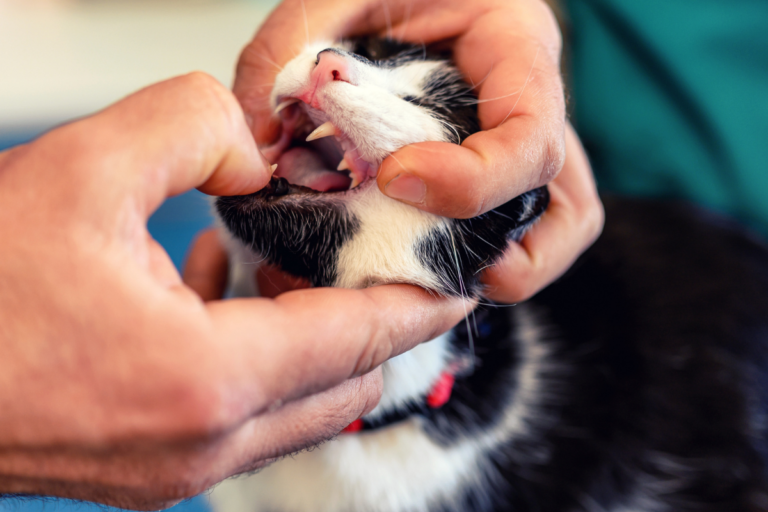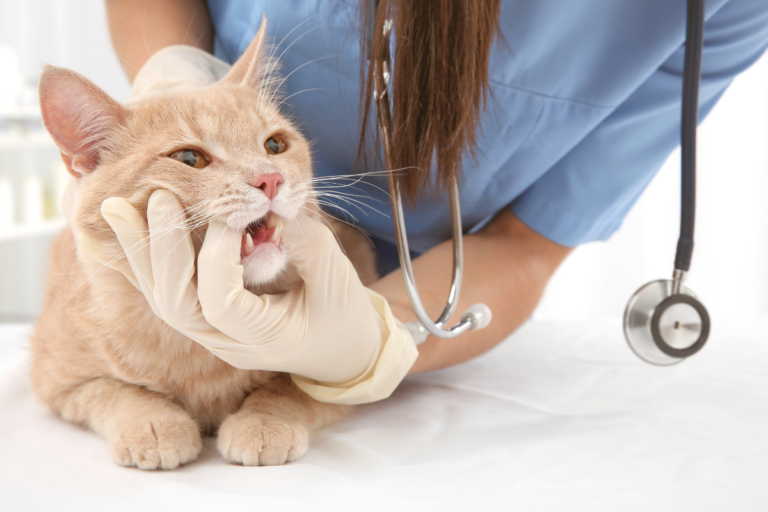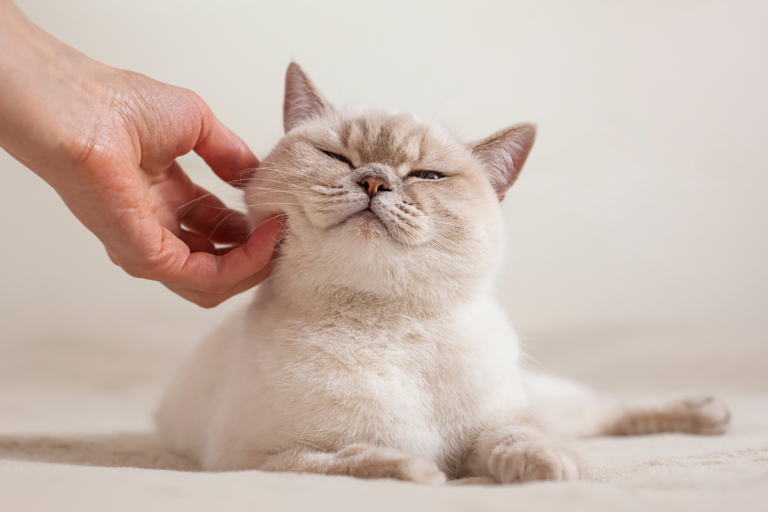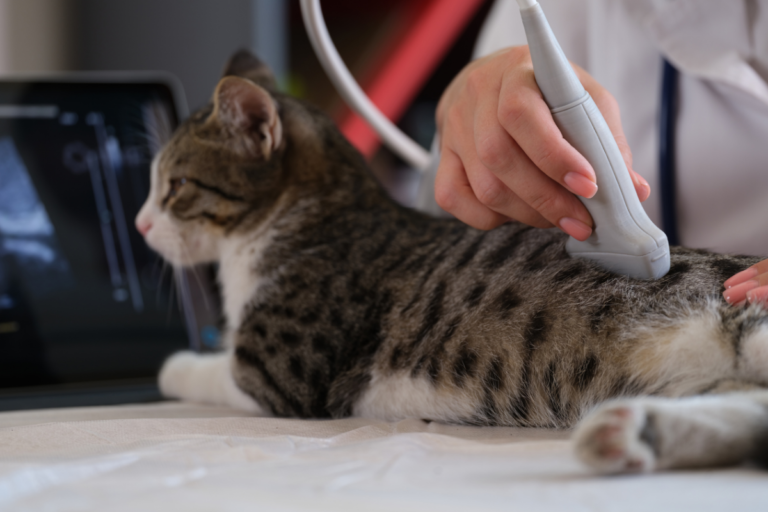Shining a Light on Common Cat Eye Problems for Our Beloved Felines
Cat Eye Problems Overview
Our whiskered pals depend a whole lot on their sharp peepers, so it’s pretty important to keep those kitty eyes in check. Join us as we take a closer peek at some common cat eye troubles, what to look out for, and what’s causing these issues to ensure our furballs get the attention they need.
Common Feline Eye Infections
Cat eye infections are no joke, often stirred up by various sneaky illnesses, but viral infections are always trying to hog the limelight. Stress or hidden ailments tend to yank the trigger on these infections. Keep an eye out for any funny business with your cat’s symptoms and don’t hesitate to ring up your vet if anything looks off.
| Type of Eye Infection | Caused By | Duration (Without Treatment) | Duration (With Treatment) |
|---|---|---|---|
| Viral | Usual suspects like feline herpesvirus | Sticks around for weeks | Vamooses in 1–2 weeks |
| Bacterial | Pesky bacteria such as Chlamydophila felis | Several weeks of annoyance | Clears up in roughly a week or so |
| Fungal | Mischievous fungi | Stays for weeks, maybe months | Takes weeks or longer to disappear |
(PetMD, Memphis Veterinary Specialists)
Symptoms and Causes
A cat eye infection can display several symptoms, which may hit just one eye or both. Ignoring them isn’t an option, as they can get worse without treatment. Here’s what to keep in your sights:
- Discharge: It can be watery, yellow, or even green like a bad cold
- Redness: A bit of angry color around the eyeball
- Swelling: Puffy eyelids that aren’t from beauty sleep
- Squinting: Trouble keeping them eyes open
- Excessive Tearing: Enough waterworks to make you think they’re watching a sappy movie
| Symptom | Possible Cause | Action |
|---|---|---|
| Discharge | Sneaky virus or bacteria | Schedule a vet visit ASAP |
| Redness | Inflammation or just plain allergies | Get to the vet |
| Swelling | A bump or infection | Drop everything and get to the doc |
| Squinting | Eye discomfort or irritation | Emergency vet trip |
| Excessive Tearing | Could be a blocked duct or infection | Get a professional opinion |
(Memphis Veterinary Specialists)
Catching these signs early can make all the difference in how quickly your cat can bounce back to their curious self. Spot anything out of the ordinary? Don’t dilly-dally; consult with your vet in a snap.
Check out our next section on Preventative Care and Home Remedies for ways to keep your kitty’s eyes shining bright. Dive deeper into keeping your furry-friend in top condition with our insights on cats heart, feline kidney disease symptoms, and cat gum disease. Looking after their health keeps them happy and full of life.
Specific Eye Conditions in Cats
Conjunctivitis and Pink Eye
When our feline pals get conjunctivitis, it usually means their eyes are a bit angry—red and watery, with some annoying gunk in ’em. This often isn’t the main event but a sidekick to other issues like infections or allergies. So, just like when we get the sniffles, it could take a few tests to figure out the real problem. Check out more here for a dive into symptoms and treatments.
Corneal Ulcers and Scratches
Corneas and claws don’t mix well! If your cat’s doing the eye squint, avoiding bright light, or there’s some redness, they might have scratched that precious eye. It’s a fast-moving issue, so getting it checked quickly is smart—just like you wouldn’t ignore a paper cut that’s getting iffy. More info on handling these is over in our cat illness section.
Signs to Watch For Corneal Ulcers:
| What’s Happening | What It Means |
|---|---|
| Squinting | Ouch, that’s painful! |
| Red Eyes | Something’s definitely up. |
| Eye Goop | Could be infection knocking. |
Retinal Problems and Blindness
Sometimes kitties’ retinas throw a tantrum because something else is going haywire, like high blood pressure. This can mean sudden blindness and pupils looking extra wide. Regular vet visits help catch these sneaky issues early. Take a peek at our tips for early spotting and treatment.
Cloudy Eyes and Corneal Clouding
If a cat’s peepers are looking a bit misty, it’s time to pay attention. Could be scratches, could be something else. Either way, the vet’s gonna want to check those out pronto. Catching this stuff fast is key! Dance over to the details on getting professional help if you’ve got questions about cloudy eye care.
Glaucoma and Vision Loss
Talk about pressure! Glaucoma’s no joking matter since it can sneak up and steal sight away. If your cat’s eyes start bulging, it’s an emergency moment. Head over to the doc quick to save those precious eyes. Our collection of emergency signs has you covered.
Getting a handle on these conditions helps keep our furry buddies’ vision sharp. Stick to the plan—regular vet trips and keeping an eye out (pun intended) for anything amiss. Need more tricks of the trade for chronic eye issues? We’ve got the goods in our guide for keeping kitty sight on point.
Treatment Options for Cat Eye Problems
When our kitty pals run into eye trouble, giving them the right treatment quickly is key to keeping those peepers comfy and bright! Let’s talk about the options out there for dealing with cat eye troubles, like meds, ointments, and taking steps to keep issues at bay.
Medications and Ointments
If your cat’s got an eye infection, the vet might suggest some tried-and-true meds and ointments based on what’s going on and your cat’s health. Check these out:
| Medication/Ointment | Purpose |
|---|---|
| Terramycin® Ophthalmic Ointment | Antibiotic for a wide range |
| Vetropolycin® Veterinary Ophthalmic Ointment | Knocking out bacterial infections |
| Tetracycline Ophthalmic Ointment | Fights off bacterial infections |
| Azithromycin Oral Antibiotic | Tackling tough bacterial battles |
| Corticosteroid drops & ointment | Eases the swelling |
| L-lysine | Antiviral buddy, boosts the immune |
| Interferon alpha-2b | Fights the viral nasties, supports immune system |
Shoutout to Memphis Veterinary Specialists for the info
These lil helpers work on shooing away redness, goop, and puffy eyes, sprucing up our cat’s vision. You gotta stick to what the vet says to a T and finish all the meds—that way, no round two of eye ickiness sneaks up.
Preventative Care and Home Remedies
Keeping those cat eyes in tip-top shape means staying ahead of the game with some good ol’ preventative moves. Here’s how to give your cat’s eyes some love:
- Regular Cleaning: Wipe gently around your kitty’s peepers with a damp cotton ball, shoo away the cruddy bits.
- Monitor for Symptoms: Spot anything off like redness, squinty action, or drippy eyes? Catching stuff early is half the battle! Check out Loch Haven Veterinary Hospital.
- Healthy Diet: Feed your cat a power-packed diet full of essentials—it keeps their whole system and eyes happy.
- Environmental Cleanliness: Keep your cat’s hangout tidy to cut down on annoying irritants and allergens that might bug their eyes.
For more on easy home tricks, check out our piece on tips for straightening curly hair (it’s not just for humans, wink!).
Vet check-ins are a lifesaver for catching stuff before it spirals. Don’t wait if something funky turns up with your cat’s eyes, hit up the vet pronto for some expert TLC (Loch Haven Veterinary Hospital).
Taking the time to focus on prevention and eye health can truly make a world of difference for your feline buddy. If you’re hungry for more tips on keeping your kitty in mint shape, jump into our reads on cat teeth, cat gum disease, and cat disease human.
Urgent Situations: When to Seek Help
When the whiskered wonders in our lives show signs of eye trouble, it’s time to spring into action! Acting fast could mean the world to their peeper health and well-being. Let’s check out what to keep an eye on when our cats have eye issues.
Signs of Emergency Eye Conditions
When it comes to cat eye woes, some are emergencies. Here’s a heads-up on the signs that let us know it’s time to hustle to the vet.
-
Sudden Cloudiness or Opacity:
Clouds in kitty’s eyes? Not just a mood. Could be serious like corneal ulcers or scratches. These show up from injuries or infections and need the vet’s magic touch pronto (PetMD). -
Glaucoma:
This sneaky devil means too much pressure in the little furball’s eye, leading to possible vision loss. Emergency alert for sure! (PetMD), so don’t dawdle. -
Excessive Tearing or Discharge:
Gunky eyes aren’t just gross; they scream infection or injury. Trouble from stress or other illnesses means it’s 24-hour vet time (PetMD). -
Visible Injuries or Swelling:
Got corneal scratches or major swelling? That’s not good. Fast action keeps bigger problems away. Peek at our corneal ulcers and scratches guide for all the nitty-gritty.
| Symptom | Possible Condition | Urgency |
|---|---|---|
| Cloudy Eyes | Corneal Ulcers or Scratches | Get to the vet—yesterday! |
| Increased Eye Pressure | Glaucoma | Major emergency, no joke |
| Abnormal Discharge | Infection | Vet visit within 24 hours |
| Visible Eye Injury or Swelling | Physical Trauma | Vet inspection ASAP |
-
Sudden Vision Loss:
Is Fluffy bumping into things? Losing vision can point to retinal trouble or nasty infections. Don’t wait—veterinary care is a must, and quickly. -
Behavioral Changes:
Excessive eye rubbing, chilling more than usual, or avoiding bright spots? These quirks could mean a serious eye issue.
For loads more cat health info—including more symptoms to be on the lookout for—take a peek at our articles on cat illness and cats heart.
Spotting these signs can help us jump into action to keep our cats seeing clearly. Regular vet visits and quick reactions catch problems before they’re a big deal. For more eye care tips, wander over to our long-term eye care for cats page.
Long-Term Eye Care for Cats
Taking care of our kitties’ eyes is key to their happiness. A little regular attention can keep those whiskery pals seeing clearly and feeling good.
Regular Vet Visits? Yep, They’re a Must.
The best way to stop eye trouble in its tracks is by visiting the vet. These check-ups are like an eye health MOT for cats—regular once-overs make sure nothing sneaky is lurking. During these visits, the vet can have a good look at our cat’s peepers and nip any problems in the bud. It’s a small effort that makes a big difference in our companion’s life.
| What the Vet Looks At | How Often? |
|---|---|
| General Peek into the Eyes | Every 6-12 months |
| Deep Dive into Eye Health | Once a year |
| Chronic Issues Follow-up | As your vet suggests |
At home, we can also pop in now and again to check out our cat’s eyes ourselves. Keep an eye out for redness, gooeyness, foggy eyes, or weird-looking pupils. Keeping tabs on these can mean catching eye issues early and getting the vet involved when something’s not right (Cats Protection).
While you’re caring for kitty, why not see our posts on keeping cats trim, those little teeth, and all things dental disease?
Tackling Long-lasting Eye Problems
Eyes can be a bit pesky sometimes. Stuff like glaucoma or that ongoing pink-eye? They need special care and a good plan. Just stick to what the vet says with meds and handy home hacks to keep these under control.
Tips for dealing with long-term eye stuff:
- Use prescribed eye drops and creams as instructed.
- Gently clean those kitty eyes with the vet’s green-lighted solutions.
- Watch for any signs that things are going south and call the vet pronto.
| Eye Woe | What’s Up? | Here’s the Plan |
|---|---|---|
| Glaucoma | High pressure, ache, not eating | Use meds and regular vet check-ins |
| Chronic Pink-Eye | Red, gunky, swelling | Uses ointments, cleaning, vet visits |
Cats can adjust pretty well even if they lose sight entirely. Nothing to worry about—just help by keeping them safe indoors, tweaking their space so it’s hazard-free, and making sure they still have fun, self-care, and hang in their favorite spots (Cats Protection). Keeping their ears and noses sharp as well helps them feel confident and content.
Want more health hacks? Check out our reads on symptoms of kidney trouble in cats and cat illnesses.
Keeping Kitty’s Eyes in Top Shape
The secret to staying ahead of kitty eye issues? A good mix of regular vet appointments and top-notch home care. Remember those check-ups and stay on top of any long-term hiccups. For pointers on finding great vet care, check out our guide on finding professional veterinary care.
Keeping Those Kitty Eyes Sparkling
Caring for our purring buddies means keeping their peepers peppy. Taking a hands-on approach really helps in dodging those pesky eye problems.
Spotting Trouble Early
Catching eye troubles early can make all the difference. Keeping an eye out for anything peculiar with their eyes is always a smart move.
Keep Your Eyes Peeled For:
-
Red or puffy eyes
-
Gunky stuff coming out (clear or not)
-
Blink-fest or the ol’ squint
-
Foggy-looking eyes
-
New habits, like rubbing or pawing their face
What You See What’s Going On What To Do Red or puffy eyes Might be an infection Plan a vet visit in a day Gunky stuff Hurtin’ or infection Get them to the vet pronto Blinking or squinting Usual signs of ouch Time for a vet check-up Foggy peepers Could be glaucoma or cornea drama Emergency vet visit Acting weird They’re uncomfy or in pain Time for a pro’s opinion
Jumping on eye issues quick is super important, especially when dealing with something like glaucoma, which can steal sight if left alone. A quick trip to the vet can keep problems from getting worse and make our cats more comfy. If eye problems keep bugging your kitty, frequent check-ups are a must, so nothing slips through the cracks.
Finding the Right Vet
A top-notch vet plays a huge role in keeping those kitty eyes in tip-top shape. Not all vets are eye experts, so finding one who knows their stuff about feline eye health is worthwhile.
Picking the Right Vet:
- Know-How: Savvy with both common and rare eye shtick
- Tools of the Trade: Has fancy machines for eye check-ups
- Fix-It Options: Offers a range of fixes, from meds to surgeries
- Street Cred: Pet parents singing their praises
For more nitty-gritty on eye stuff like cat gum disease or any other health hiccups, our site’s loaded with guides and advice from the pros.
Keeping an eye on how eye health ties to other things like kidney troubles or heart health helps in the big picture of cat wellness. Keeping tabs on our cats makes for purrfectly healthy and happy furballs. For all things kitty health, our cat illnesses section is your go-to for the 411.
By following these tips, we make sure our four-legged pals get all the TLC they need, keeping their eyes and overall selves in prime condition.






